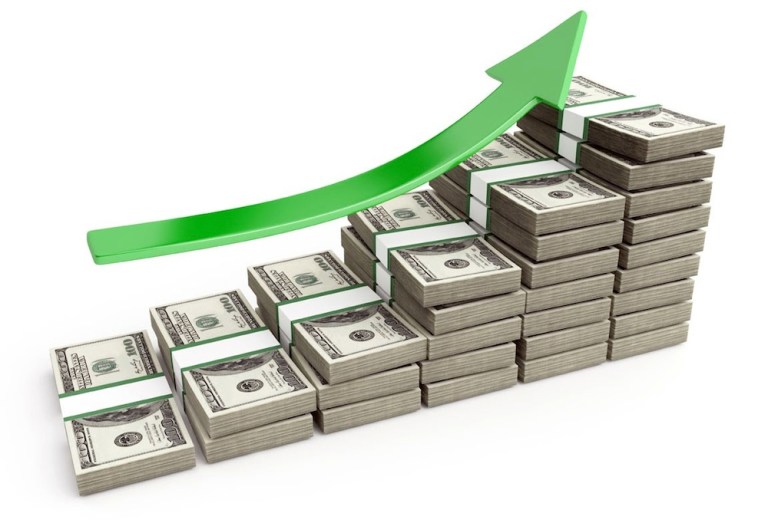
The road to economic gains has been a bumpy one and never a straight course, but the past three-and-a-half decades have helped double the U.S. economy.
But as the New York Times reported, even as the U.S. government takes a chunk of economic output — as much as $5 trillion — and uses it to help individuals and families in need or provide some basic services, half of the people in the U.S., a tally of 117 million adults, have found that “their share of the total economic pie has shrunk significantly,” according to research from a group of economists.
Research conducted by economists Thomas Piketty, Gabriel Zucman and Emmanuel Saez found that this sizable group of adults, defied as of working age and within the bottom half of incomes in the country, “has been completely shut off from economic growth since the 1970s.”
Since 1980, the total share of income that has gone to the top 1 percent of the population, defined as how much they earn, has doubled, while at the same time the bottom half has seen their share of the income pie shrink. And just where that income comes from has changed, as those at the highest levels of the economy (again, in terms of income) have seen gains stem from investments. The bottom half, said the Times, has less capital to invest and thus cannot close that gap.
With wages stagnant among the bottom 50 percent of earners, the total of wages collected within this subset has come to 12.5 percent, as measured in 2014, while the same slice stood at 20 percent in 1980. The money has transferred to the top 1 percent, said the economists, and that 1 percent saw a stunning shift from 10 percent of the pie to 20 percent over the same period. Even though average incomes grew, adjusted for inflation, by 61 percent over those decades, as much as $7 out of every $10 went to individuals who reside comfortably within the top tenth of the population as measured by income. The inequality gap has widened, with the top 1 percent earning $428,200 annually, and that was leagues beyond the $16,000 earned by the average person in the bottom half. More than three decades later, the bottom half still earned about $16,000, but the very highest earners brought home an average of more than $1.3 million. The gap today is like that seen among the poorest countries in the world, said the economists.
What might this mean from the White House going forward? After all, about 30 percent of the nation’s income is then paid into taxes at all levels, from state to federal to local. Those taxes are then transferred to people via benefits such as Social Security and Medicare, among many other programs.
As the Times noted, some strategies that were employed by the Obama administration may not continue, as Donald Trump and the Republican led Congress might scale back initiatives such as the Affordable Care Act and may give tax cuts to the wealthiest Americans.